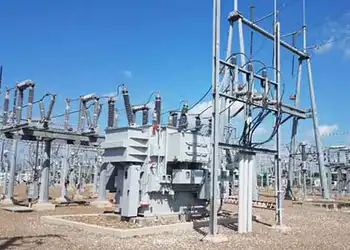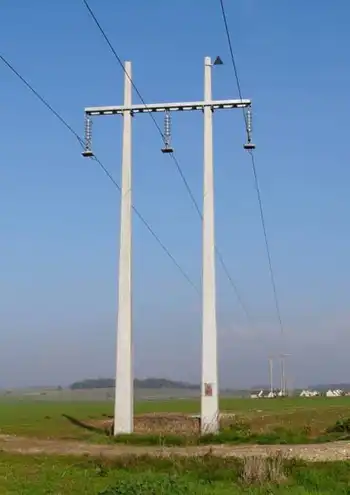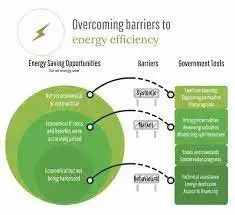- Hydro One picks up tab for oil spill
The City of Pickering and Hydro One have a tentative agreement on who should pay the estimated $1 million cleanup after a transformer oil leak into Pine Creek recently.
Pickering's interim Mayor Maurice Brenner said he has been very happy with the utility's initial response to the city's claim for the full cost of repairing the damage caused by a massive oil spill at what is said to be North America's largest single transformer station in a residential community.
"It has become apparent through this that a much better emergency plan is needed to deal with situations that can happen in this environment," Brenner said.
Hydro One has agreed to pay all costs for repairing the damage caused when about 30,000 litres of mineral oil escaped from the Cherrywood transformer station into Pine Creek.
As well, the utility has agreed to develop a new emergency plan with the city and will contribute to the cost of a new fire hall in the area and the training of firefighters to deal with electricity-related emergencies.
Meanwhile, the cleanup continues along a five-kilometre stretch of Pine creek in south-central Pickering. The Oct. 1 hydro transformer rupture spilled about 132,000 litres of light mineral oil on the property of the Cherrywood transformer station near Finch Ave. and Dixie Rd. An estimated 30,000 litres of oil leaked from a berm around the transformer and made its way through a storm sewer system into Pine Creek.
Two weeks after the spill, patches of oil continue to flow down the creek, and vast areas of the creek side are roped off with yellow tape.
Environmental contractors hired by Hydro One — the transmission successor to Ontario Hydro — continue to suck the oil-water mixture out of the creek at several locations.
Radom St. between Fairview and Douglas Rds. has been closed to traffic since the spill to allow the movement of large tanker trucks used to collect the oil.
An environmental sweep of the creek last week failed to find any fish or wildlife that had been hurt by the spill.
Related News

New EPA power plant rules will put carbon capture to the test
WASHINGTON - New public and private funding and expected strong federal power plant emissions reduction standards have accelerated electricity sector investments in carbon capture, utilization and storage,’ or CCUS, projects but some worry it is good money thrown after bad.
CCUS separates carbon from a fossil fuel-burning power plant’s exhaust for geologic storage or use in industrial and other applications, according to the Department of Energy. Fossil fuel industry giants like Calpine and Chevron are looking to take advantage of new federal tax credits and grant funding for CCUS to manage potentially high costs in meeting power plant performance requirements, including…




